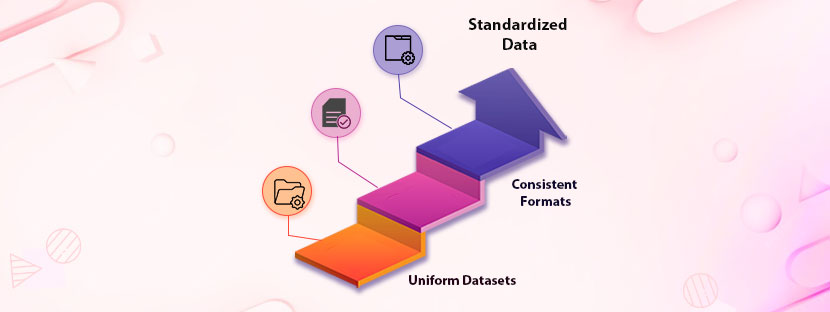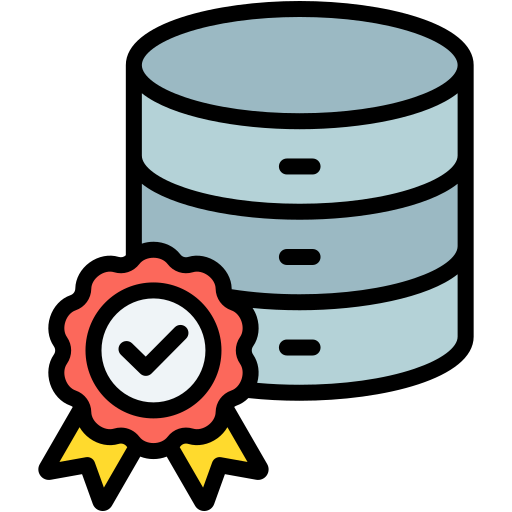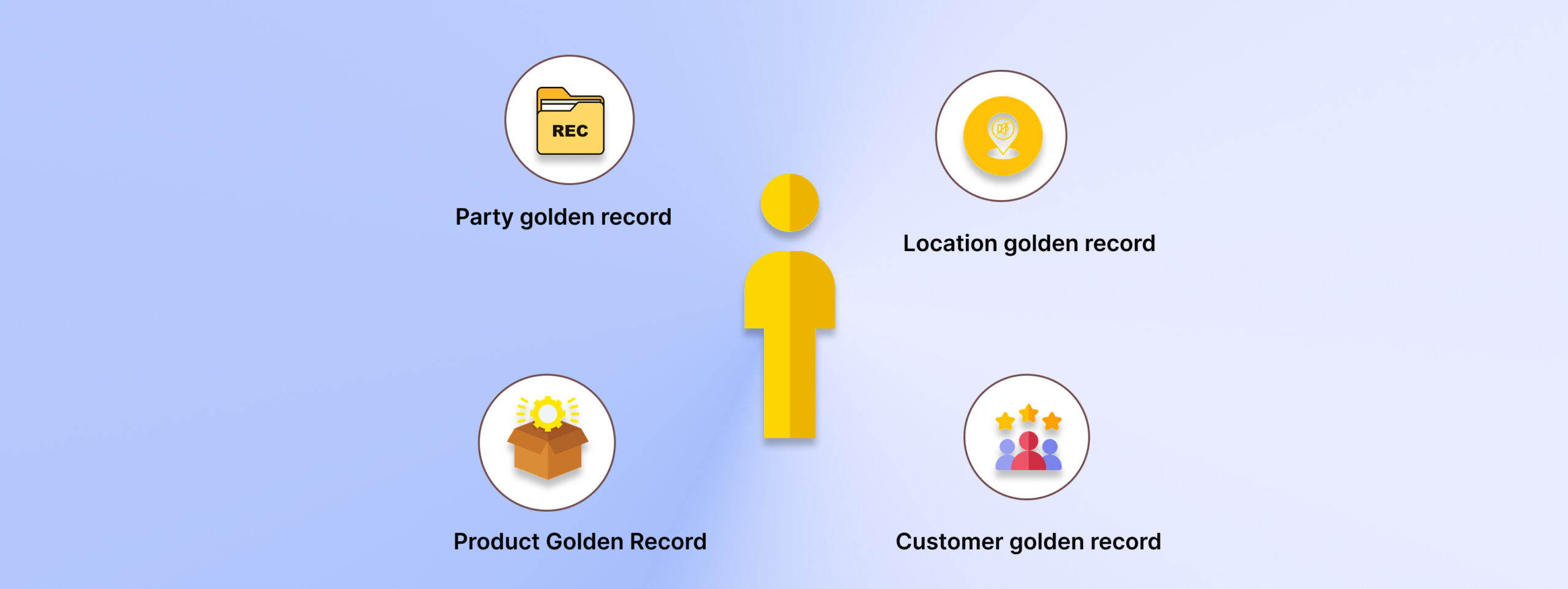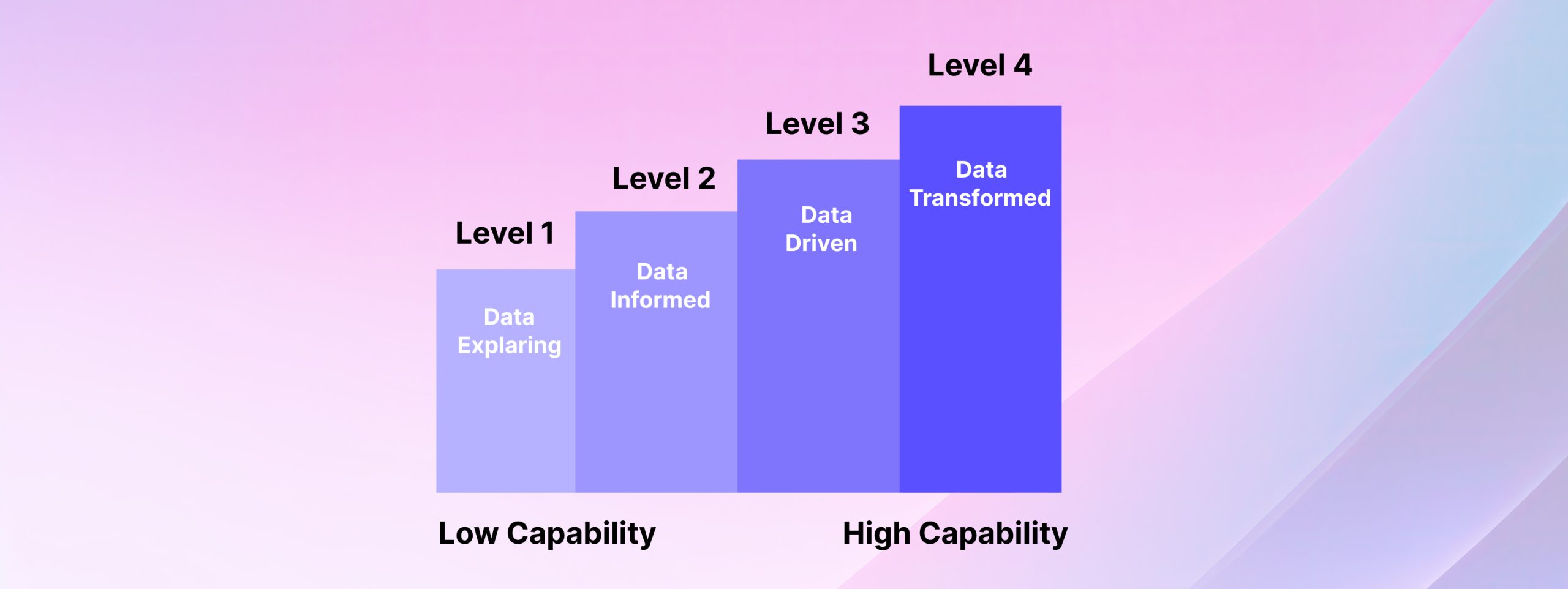Suppose you have two databases.
On one hand, you have a customer database where customer names and zipcodes are mentioned. On the other hand, you have a database where customer names and their full address (including street numbers, neighborhood details, etc.) are mentioned.
Now, what do you think which database can help you target customers better?
Obviously, the second one. Well, it’s data standardization that made the quality of the second database better. Many organizations are taking benefit of this process to maintain uniformity in their database. Plus, it adds additional data (filling up missing data) to enhance data quality.
Let’s cover everything about how to standardize your database, techniques, and other vital matters in this blog.
What is Data Standardization & Why Increased Standardization Matters
Making your database more user-friendly, interpretative, and target-oriented is the basic concept of data standardization. Put simply, standardizing the database indicates arranging and structuring the data within it. The main aim here is to enhance data quality, put down costs, and assist in the decision-making process.
The entire procedure to standardize data includes error minimization, inconsistency reduction, redundancy elimination, and other things. With successful implementation, organizations can get better enterprise analytics, run AI applications accurately, and more such things.
How’s Data Standardization Different from Data Normalization
Data normalization and standardization share many similarities but some strong opposites are also lying there. First of all, data normalization follows a certain rule to ensure consistency and accuracy of the information available in the existing database. However, on the other side, along with maintaining data consistency and accuracy, data standardization focuses on data compatibility across various channels.
Let’s break down the matter simply here.
Data Normalization is a sub-part of the comprehensive data standadization process. Plus, normalization is the initial stage of standardization where data is segregated in separate orders. So, it makes it easier to update the data further and eliminate errors altogether.
For example, when a retail store collects customer data from different sources, it maintains the data in different data fields. Here, data normalization helps to arrange the data into separate tables (customer information, order details, product details, etc) to improve data efficiency.
Further, in the same scenario, data standardization will make the same database compatible with other processes. The retail store can use software for marketing operations and the database will be easily integrated into that.
Proven Effects of Data Standardization
What is the biggest enemy of business growth? The answer, we all know, is inconsistent data or bad data. So, minimizing data inconsistency is the prime element that you need to work on to enable business growth.
Fact: Companies are spending, on average, USD 212 billion per year to protect data from external threats.
Data standardization can help here. See how!
Improve Data Quality
Standardizing assures quality improvement. It adds value to existing data and maintains data consistency. Quality improvement will help your marketing team and other processes to target a precise audience for conversion. Further, quality data also makes the decision-making process accurate and advanced.
Boost Operation
Quality improvement automatically boosts your operation manifolds. You can save time and money for frequent data cleansing operations through proper data standardization. So, you can focus more on core activities rather than spending time on data-organizing tasks. Overall, it will enhance the productivity and efficiency of your process.
Guarantee Compliances
Following data protection rules and regulations like GDPR is important when you are doing work with data. Data standadization helps you stay confident with your data and makes the data compliance process easier. With a fixed standardization rule, you can manage data privacy intact and fix legal issues immediately.
Enable Cross-Channel Analytics
With standardized data, you can integrate the database into any platform for analytics and better outcomes. Enabling cross-channel analytics provides many benefits. For marketing, it enables better customer interactions, improves campaign performance, and does other things to increase sales.
Challenges of Data Standardization and their Solutions
Standardizing databases sometimes appears difficult due to the presence of tiny obstacles. Overcoming these obstacles from your way must be your goal here. To help you with this goal, we are showing all the possible challenges along with solutions in this section.
# Change Resistance
Your employees can be reluctant when they see new standards. They may think that the process would increase their work burden.
Solution
An awareness workshop would work wonders amidst the situation. Only educating your employees about the new data standardization policies and their benefits can help here. Plus, you must frame a comprehensive training program so that your employees would not take this new policy as a burden at all.
# Status Quo
Sometimes a few organizations have existing DMS (Data Management Systems), which helps them standardize the data. Thus, implementing a new policy and system for data standadization works negatively here. Due to the presence of two systems, actual work can go into status quo mode.
Solution
Taking immediate action and a strong management system can easily solve this problem. Through a brief comparison, the management can come to a conclusion about which system fits the organization the best.
# Scaling Up the Process
The framework to standardize the datasets must scale up with time. But that’s where most of the organizations fail.
Solution
Adopting software or any other technical help can reduce scaling issues. Using any software, you can increase and decrease your standardization needs. Besides that, you can also choose outsourcing to solve scaling issues.
Conclusion
Standardized data always provide benefits to your operations. From enhancing marketing operations to better CRM, it helps everywhere. Using software or other technical elements can help your doing so. However, outsourcing data standardization services is the best way to solve all your issues. Many organizations are switching to outsourcing to save on costs and time.












